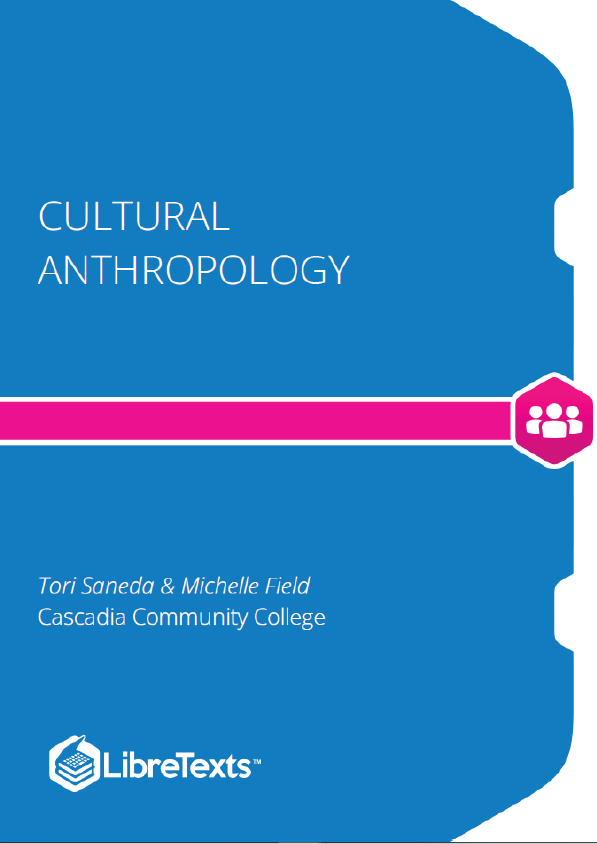Anthropology is the study of what makes us human. Anthropologists take a broad approach to understanding the many different aspects of the human experience, which we call holism. They consider the past, through archaeology, to see how human groups lived hundreds or thousands of years ago and what was important to them. They consider what makes up our biological bodies and genetics, as well as our bones, diet, and health. Anthropologists also compare humans with other animals (most often, other primates like monkeys and chimpanzees) to see what we have in common with them and what makes us unique. Even though nearly all humans need the same things to survive, like food, water, and companionship, the ways people meet these needs can be very different. For example, everyone needs to eat, but people eat different foods and get food in different ways. So anthropologists look at how different groups of people get food, prepare it, and share it. World hunger is not a problem of production but social barriers to distribution, and that Amartya Sen won a Nobel Prize for showing this was the case for all of the 20th century’s famines. Anthropologists also try to understand how people interact in social relationships (for example with families and friends). They look at the different ways people dress and communicate in different societies. Anthropologists sometimes use these comparisons to understand their own society. Many anthropologists work in their own societies looking at economics, health, education, law, and policy (to name just a few topics). When trying to understand these complex issues, they keep in mind what they know about biology, culture, types of communication, and how humans lived in the past.
The Four Subfields
American anthropology is generally divided into four subfields. Each of the subfields teaches distinctive skills. However, the subfields also have a number of similarities. For example, each subfield applies theories, employs systematic research methodologies, formulates and tests hypotheses, and develops extensive sets of data.
Archaeology
Archaeologists study human culture by analyzing the objects people have made. They carefully remove from the ground such things as pottery and tools, and they map the locations of houses, trash pits, and burials in order to learn about the daily lives of a people. They also analyze human bones and teeth to gain information on a people’s diet and the diseases they suffered. Archaeologists collect the remains of plants, animals, and soils from the places where people have lived in order to understand how people used and changed their natural environments. The time range for archaeological research begins with the earliest human ancestors millions of years ago and extends all the way up to the present day. Like other areas of anthropology, archaeologists are concerned with explaining differences and similarities in human societies across space and time.
Biological Anthropology
Biological anthropologists seek to understand how humans adapt to different environments, what causes disease and early death, and how humans evolved from other animals. To do this, they study humans (living and dead), other primates such as monkeys and apes, and human ancestors (fossils). They are also interested in how biology and culture work together to shape our lives. They are interested in explaining the similarities and differences that are found among humans across the world. Through this work, biological anthropologists have shown that, while humans do vary in their biology and behavior, they are more similar to one another than different.











